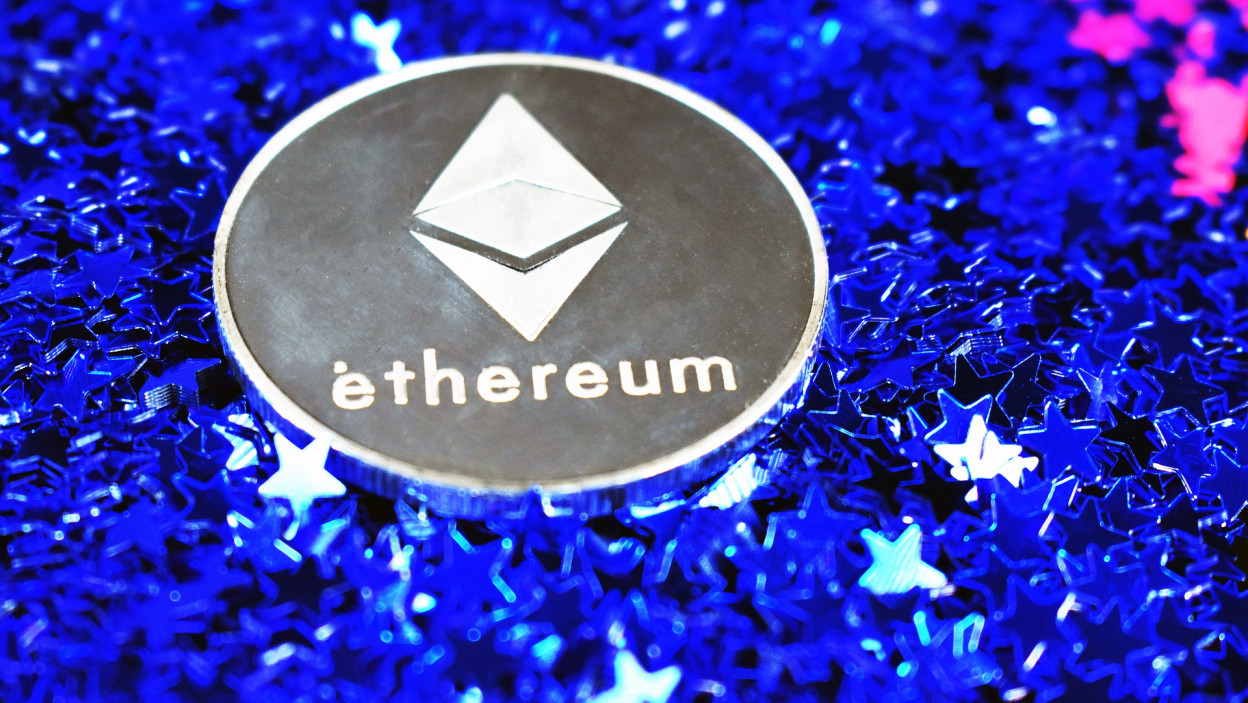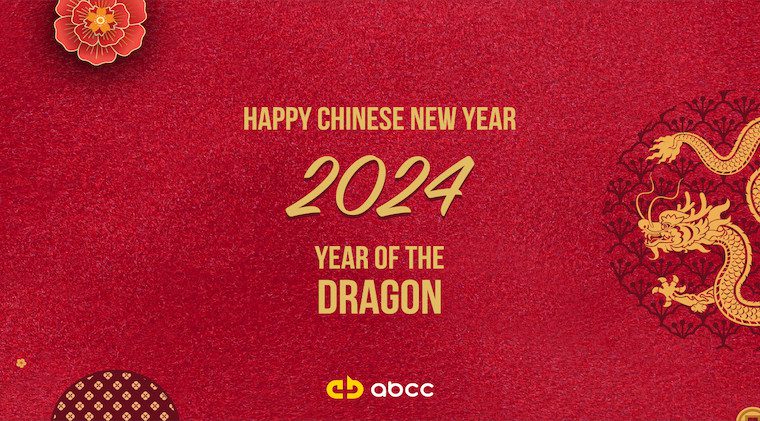Everything you should know about the second biggest Cryptocurrency, Ethereum.
First comes Bitcoin, then Ethereum. If you are slightly more Crypto-savvy than complete beginners, you will probably have heard about Ethereum or even traded ETH.
If you are just starting out in Cryptocurrency, this guide is for you.
How Ethereum Came About
Following the introduction of Bitcoin into the world, the imitators of Bitcoin started to emerge and fight to be the dominant peer-to-peer currency. The emergence of Ethereum led to the introduction of Cryptocurrencies that served more than the currency function.
Started by Vitalik Buterin, a Russian-Canadian genius in Cryptography and Computing, Ethereum was built with the vision of a supercomputer that is decentralized.
He saw that the underlying Blockchain Technology powering Bitcoin could be used for more purposes besides being a distributed ledger for a currency. Through programming, systems could be created and enforced through code.
What Is Ethereum?
According to the Ethereum White Paper written by Vitalik
What Ethereum intends to provide is a blockchain with a built-in fully fledged Turing-complete programming language that can be used to create “contracts” that can be used to encode arbitrary state transition functions, allowing users to create any of the systems described above, as well as many others that we have not yet imagined, simply by writing up the logic in a few lines of code.
Sounds technical to you? Unless you study mathematics and computer science, it probably is. No worries as we have got you covered!
Smart Contracts
The “contracts” mentioned in the above paragraph were referring to smart contracts, the integral function of the Ethereum platform.
So what are smart contracts?
Simply put, a smart contract is a contract that is executed through the code and does not rely on either party involved to enforce the terms of the contract. The smart contract uses an “If Event ‘A’ happens then event ‘B’ will be triggered” model.
Let us illustrate this with an example. In this scenario, you would like to purchase a watch from person B, who is overseas. However, both of you do not trust the other party to carry out his end of the deal and wish to transact using a smart contract.
Both you and person B will agree on the terms of the transaction which will be coded into the smart contract. For example, person B will only receive payment after you have received the watch.
To start off, you will deposit Ethers equivalent to the value of the watch into the smart contract for payment. An Oracle will verify whether or not you have received the watch by tracking the delivery journey of the package. This will be done through web APIs or market data feeds.
Upon confirmation that you have received the watch, your Ethers will automatically be transferred to person B’s wallet, concluding the transaction. All this is done without a third party to facilitate.
Decentralized Applications (Dapps)



The recent case of Google no longer supporting Huawei is an extreme example of how applications that are controlled by a single entity (in this case, Google) can be influenced by political forces.
Apps that are listed on the Google Play Store or iOS can be taken off upon a decision made by the company. In addition to being exposed to such risks, applications hosted by central servers face a security vulnerability.
Decentralized Applications (Dapps) eliminate these flaws that exist for applications built on a central computer. They are powered by a network of nodes (for the sake of simplicity, mini servers), which means that a single hacked server will not lead to the shutdown of the network.
To successfully hack a Dapp will require the hacker to control 51% of the network, a task that requires a massive amount of resources. This offers more security when compared to apps run on central servers.
Ethereum serves as a platform for developers to build Dapps using Solidity, the native coding language of the platform. As more Dapps are built and adopted, ETH, the native currency of the platform will see a higher demand.
What Is ETH Used For?
In almost every Blockchain project, a native currency is created for the purpose of transacting and other functions such as earning interest through staking.
Ether (ETH) is the native currency of the Ethereum platform that is used for payment as well as to power the network.
Due to the decentralized nature of the network, transaction fees have to be paid for the computing power used to confirm the transactions. Each transaction is measured in “Gas”, which is paid in ETH.
In addition to paying for transaction fees, ETH has the following utility functions as well as future features to be expected:
- Used as collateral for a wide range of open finance applications (MakerDAO, Compound)
- ETH is accepted as payment at certain retailers and service providers
- Used for crowdfunding for ICOs conducted on the Ethereum platform
- The Medium of exchange for crypto-collectibles, in-game items, and other non-fungible tokens(NFTs)
- Reward for completing bounties
- Staking of ETH tokens upon network upgrade
How Many Ethers Are There?
As of 25th June 2019, the current total supply of Ethers is at 106 Million ETH, with 5 Ethers mined per block. After a period of time, the difficulty bomb will be activated, making mining harder and fewer Ethers will be distributed per block.
Theoretically, the supply will continue indefinitely. However, Vitalik Buterin, founder of Ethereum proposed in 2018 that the total supply will be capped at 120 Million ETHor exactly two times the token amount sold in the original sale.
Whether the total supply of Ethers will be capped at that amount we don’t know yet.
Where To Buy Ethers
You can buy Ethers with USD on ABCC Exchange! Simply enter the amount of ETH you would like to purchase, your billing information, and have Ethers credited to your account within 20–30 minutes. You may find a detailed guide here
Alternatively, if you are holding other Cryptocurrencies, you can trade them for Ethers in most exchanges, as most if not all exchanges have listed ETH as a trading pair.
Ethereum: Future Plans and Outlook



While most would agree that Ethereum is the current leader in the Blockchain protocol field with popular Decentralized Applications (Dapps) built on the platform, a significant number in the industry have predicted other Blockchain protocols to overtake Ethereum.
These projects, such as EOS, TRON, and NEO have better scalability than the Ethereum project without the same level of decentralization as Ethereum. To tackle this current flaw, the future plans of Ethereum mostly include scaling solutions to increase the scalability of the network.
Planned updates such as Plasma and Casper to the network introduce on-chain scaling solutions and the migration from a Proof of Work to a Proof of Stake consensus. Furthermore, the introduction of sharding will increase the throughput of the network.
The success of the Ethereum project will depend on the speed of technological developments and how fast the network can scale without compromising on decentralization and security.
In Conclusion
With a strong head start in technological developments and one of the best developer teams in the market, ETH’s current place as the second-largest token by market capitalization is justified.
However, the battle to be the best Blockchain protocol is still very much open and Ethereum’s future success will depend on the speed of its progress.



